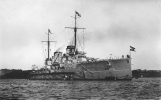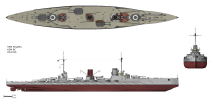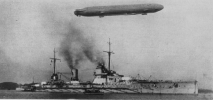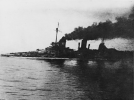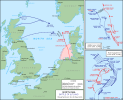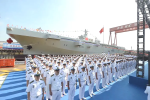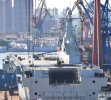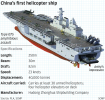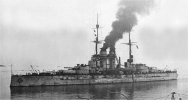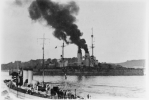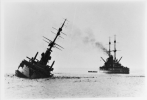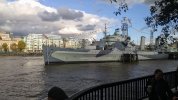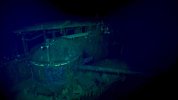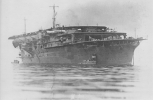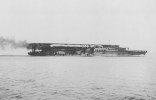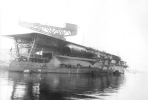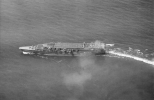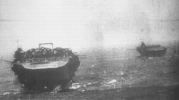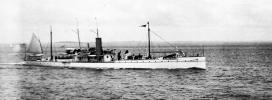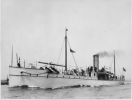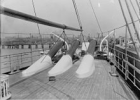IJN Kisaragi. One of 12 Mutsuki class destroyers which followed the Kamikaze class above, she was the second Japanese surface warship sunk by the US - this time by Marine Air. At the Battle of Wake Island, Captain Henry Elrod flying a F4F Wildcat from VMF-211 scored a direct hit with a 100 lb bomb. Conflicting reports say it hit amidships with the resulting fire taking out the ship or other accounts say it detonated the depth charges, sinking the destroyer within several minutes.
Length: 335' 11" Beam: 30' 1" Displacement: 1,800 tons
38,500 HP gave 37 knots
Armament: 4 (4x1) 4.7"/45 caliber cannons, 2 triple 24" torpedo tubes
Commissioned: 21 Dec 1925 Sunk: 11 Dec 1941
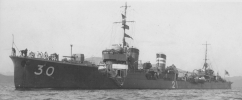
Imperial Japanese Navy destroyer Kisaragi
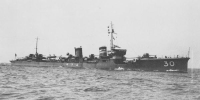
Imperial Japanese Navy destroyer Mutsuki (Mutsuki-class)
Length: 335' 11" Beam: 30' 1" Displacement: 1,800 tons
38,500 HP gave 37 knots
Armament: 4 (4x1) 4.7"/45 caliber cannons, 2 triple 24" torpedo tubes
Commissioned: 21 Dec 1925 Sunk: 11 Dec 1941

Imperial Japanese Navy destroyer Kisaragi

Imperial Japanese Navy destroyer Mutsuki (Mutsuki-class)

